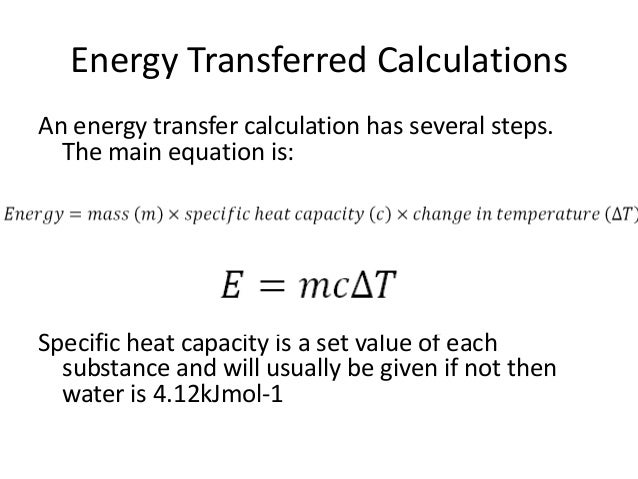Guran wrote:I'm a Materials Engineer with close to 30 years experience with corrosion of metals. Inevitably I have a few things to add to this discussion! There is an Australian Standard on this (google AS4036) ... some of my lab work from 1989 is in it.
Thanks Guran for joining the eggheads and weighing in on a concluding argument to give it heaps more factual perspective.



Below are Lessons 1 to 8 learnt from your input so far and I at least have changed my post title in deference to your input.

Guran wrote:First thing is terminology. Electrolysis is NOT the issue here. Electrolysis is when a DC electric current is used to drive a chemical reaction. The phrase you want is galvanic corrosion.
Lesson 1 - Don't neglect proper taxonomy. There were two concerns we spoke about and identified, electrolysis from earth leakage currents and galvanic corrosion...clearly they need to be explicitly differentiated.
Guran wrote:The EMF series gives a rough indication of galvanic susceptibility. However it only indicates thermodynamic trends, does not factor in kinetics (reaction rates) and only applies to pure metals not alloys. A more useful tool is the galvanic series....treat as a rough guide for activity vs passivity.
https://en.m.wikipedia.org/wiki/Galvanic_series
Lesson 2 - Use proper Galvanic Series not EMF Series. This particular Galvanic Series for metals in stagnant sea water rough guide, like
AS4036 means maybe the significance of zinc anodes in aluminium radiators swimming in coolant containing inhibitors might differ by orders of magnitude, but like EMF it does suggest Magnesium anodes are a better choice than zinc if belt and braces technology embraced.
Guran wrote:Keep your cathodes small and anodes large. Cathodes are the more noble metals (stainless steel, brass) and anodes are the more active metals (zinc, iron). If you cannot avoid a large cathode then you should coat it to reduce the exposed area that can drive galvanic corrosion of anodic metals...zinc or magnesium...they will sacrifice themselves to protect the less active metals (iron, stainless steel, brass, etc)
Lesson 3 - This lesson sounds like a copper pipe/brass fitting cathode vs zinc anode in hot water system perfectly explained.
Guran wrote:Keep your cathodes small and anodes large. Cathodes are the more noble metals (stainless steel, brass) and anodes are the more active metals (zinc, iron). If you cannot avoid a large cathode then you should coat it to reduce the exposed area that can drive galvanic corrosion of anodic metals...
Lesson 4 - This lesson sounds like an alloy radiator/brass fitting cathode vs zinc anode in proper coolant system not perfectly explained.
Guran wrote:Next factor is electrical contact. Galvanic corrosion can only happen if anodes and cathodes are in electrically conductive contact, ie. touching. If you can isolate them from each other then you'll eliminate galvanic corrosion. You can achieve this with insulating connections eg. rubber hoses, grommets. The key is to avoid having dissimilar metals, but if they're inevitable then separate them. That includes isolating from the electrolyte.
Lesson 5 - This lesson seems to make the case for an aluminium radiator with plastic tanks (like OEM) or for keeping electrical brass fittings separated entirely or at least keeping them dry.
Guran wrote:Another essential factor is ionic transport via the electrolyte. This closes the electrical circuit in a galvanic reaction as the movement of ions is required to compensate for movements of electrical current. When a car is running, the coolant is constantly flowing in one direction. Galvanic corrosion is unlikely to happen when the car is running because the ions need to move in both directions. So your main concern is when it's stopped.
Lesson 6 - Very interesting that 3gress can heed this lesson by keeping his electric water pump going 24/7 perhaps

Guran wrote:Aluminium is tricky because it's a very active metal but forms a very protective oxide film and is highly passive and corrosion resistant in most cases. Stainless steel is similar in this regard. Since both need oxygen to work, both are susceptible to pitting and crevice corrosion in areas of differential oxygenation. This tends to occur at joints and laps.
Lesson 7 - This lesson begs the question...Why not forget dubious cathodic protection ?...loss of oxide layer protection sounds like the real issue.
Guran wrote:Lastly is the corrosion inhibitor. Cooling systems present a very complex corrosion problem and inhibitors are designed to minimise corrosion issues.
Lesson 8 - This lesson begs the question...Why not forget dubious cathodic protection ?...loss of coolant effectiveness sounds like the real issue.
Seems to me the only thing missing is to establish levels of significance to the competing mechanisms explained in the context of a detailed System Description including functional and detailed specifications of what might now might be actually proposed.
Is that something you might like to offer up at some stage 3gress ?
(Knowing how much I love zinc anodes.)














